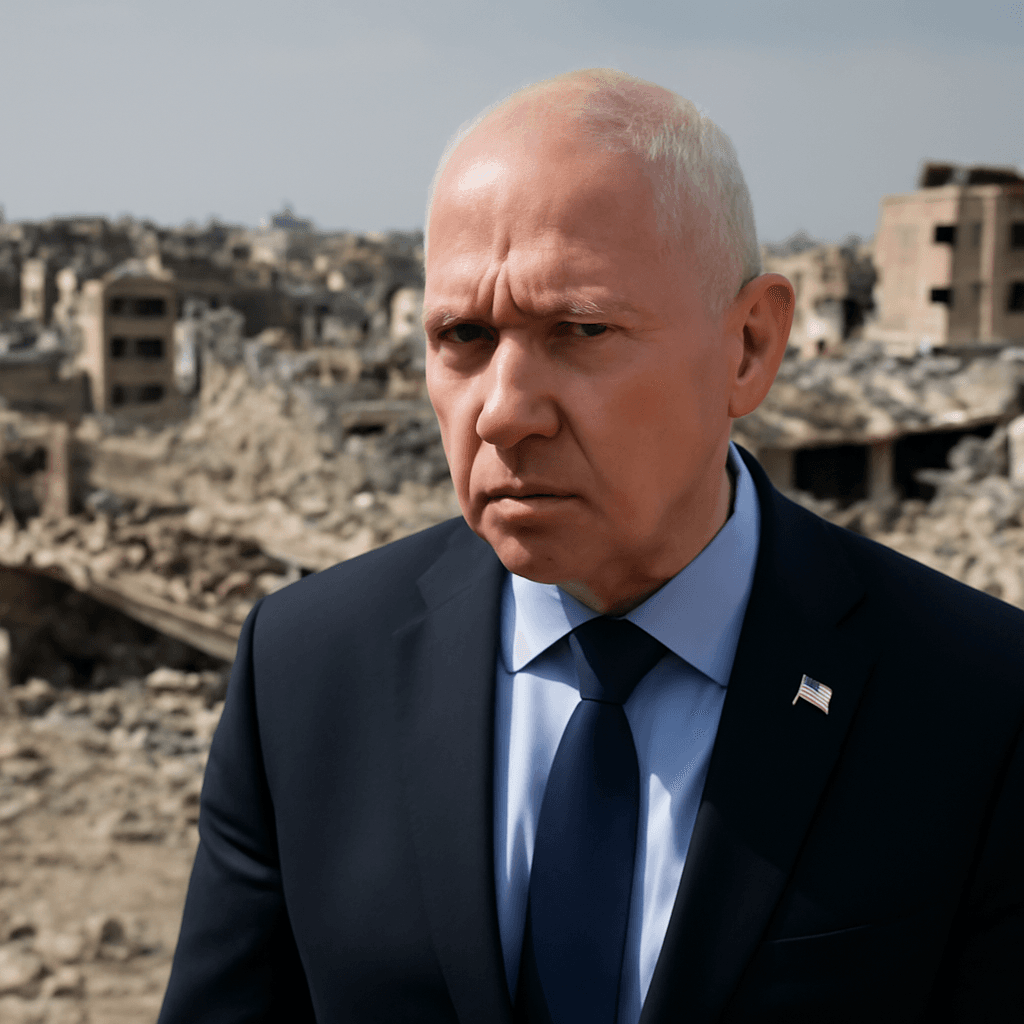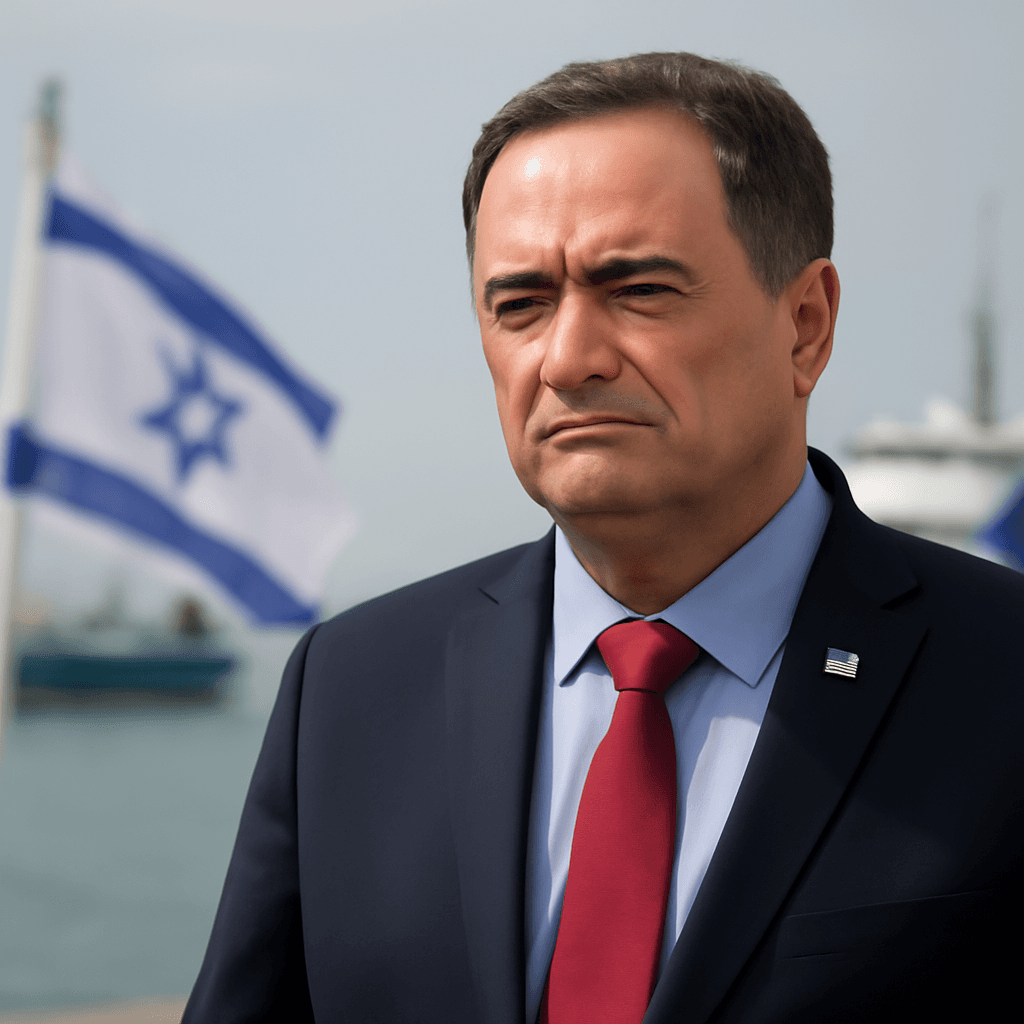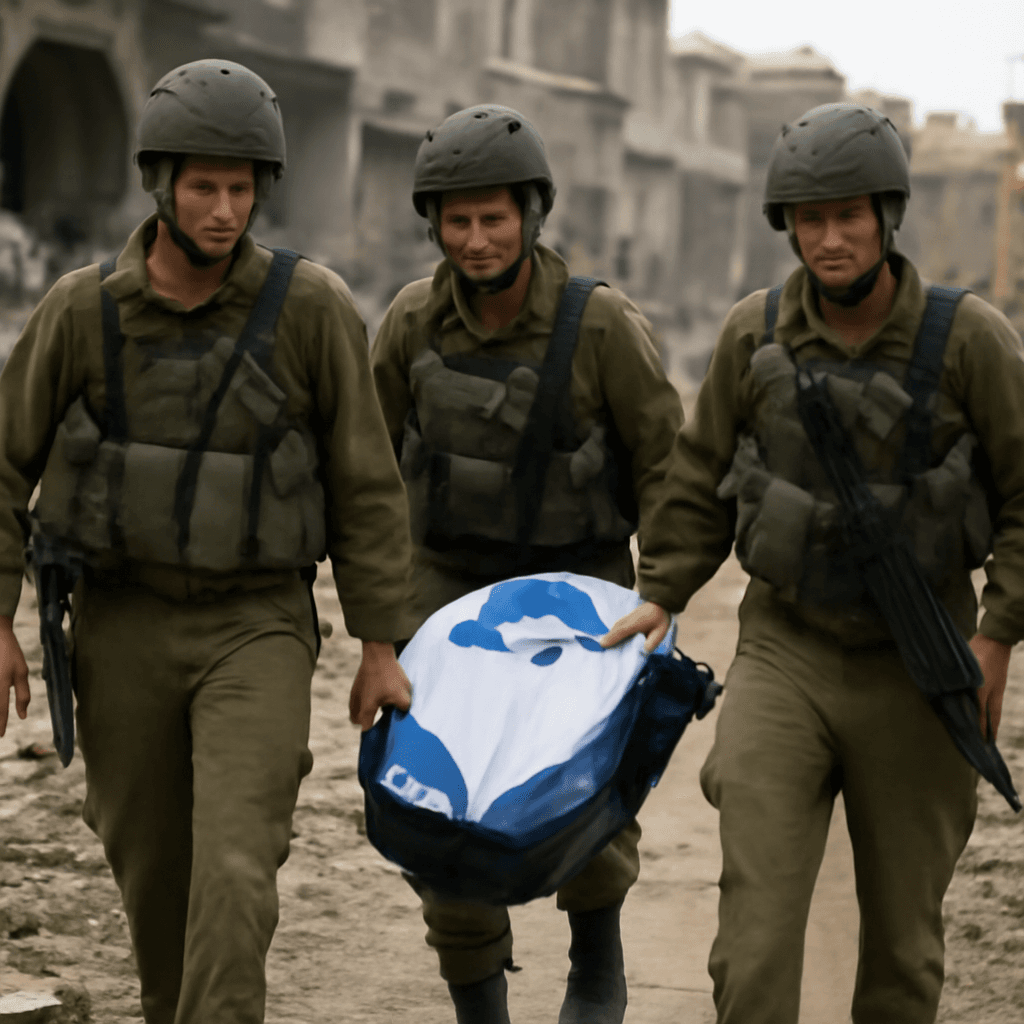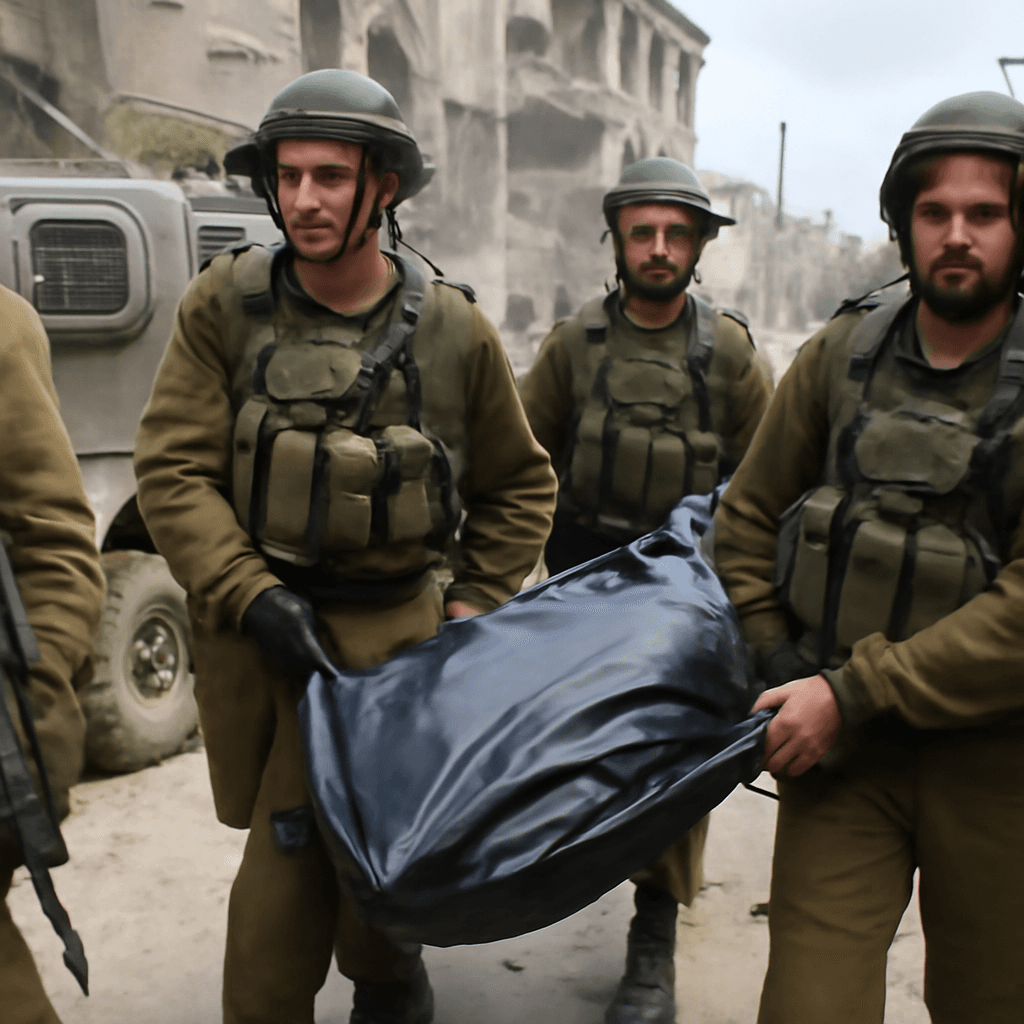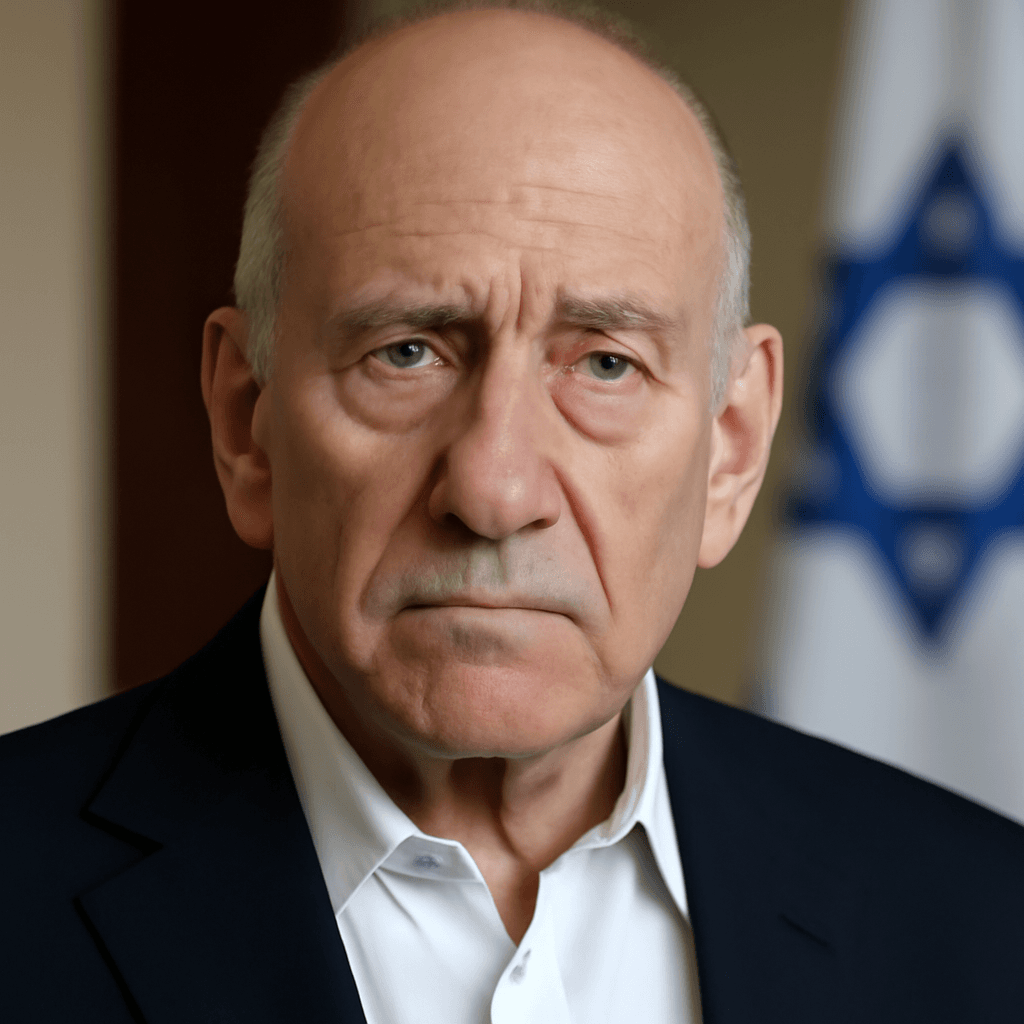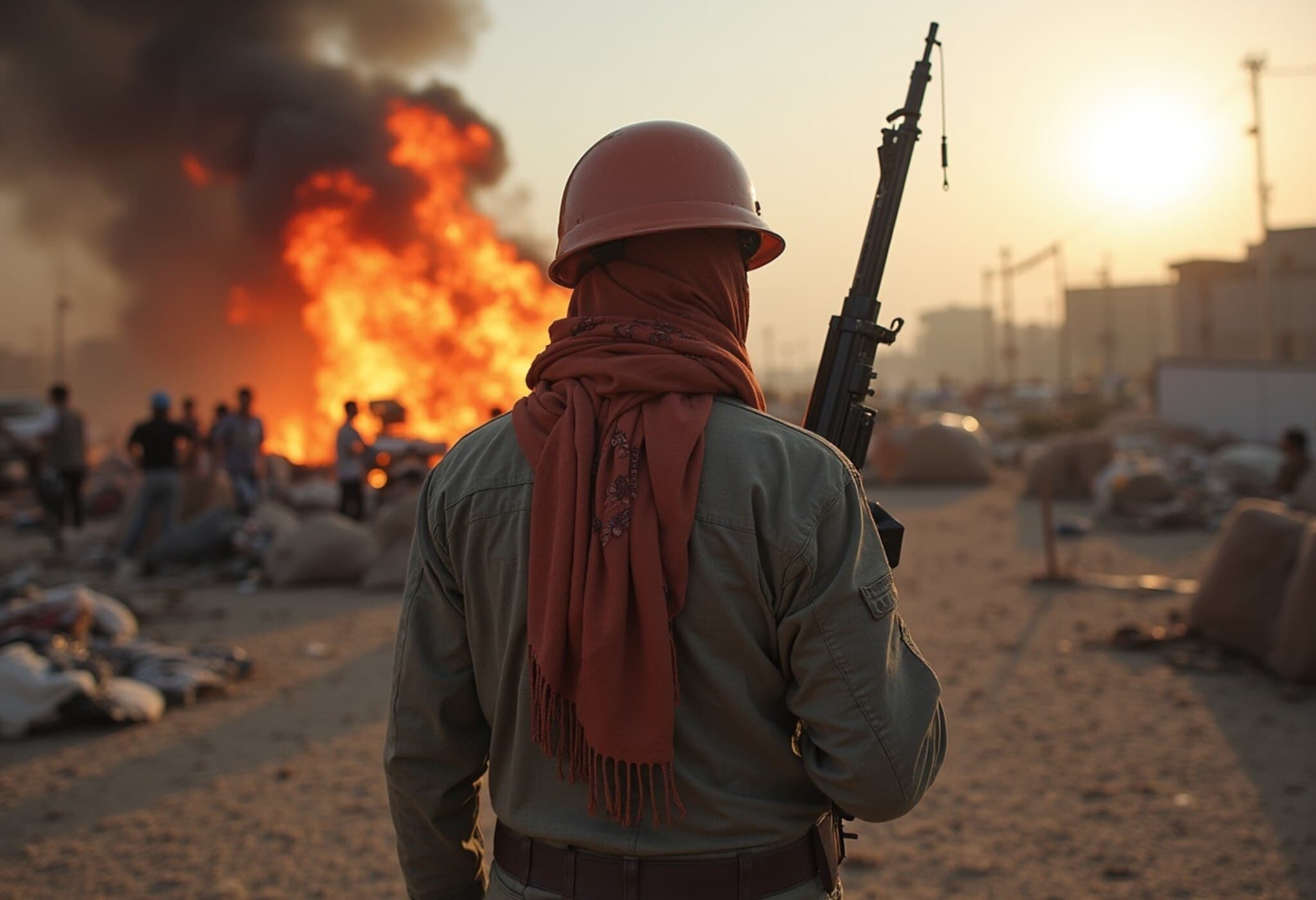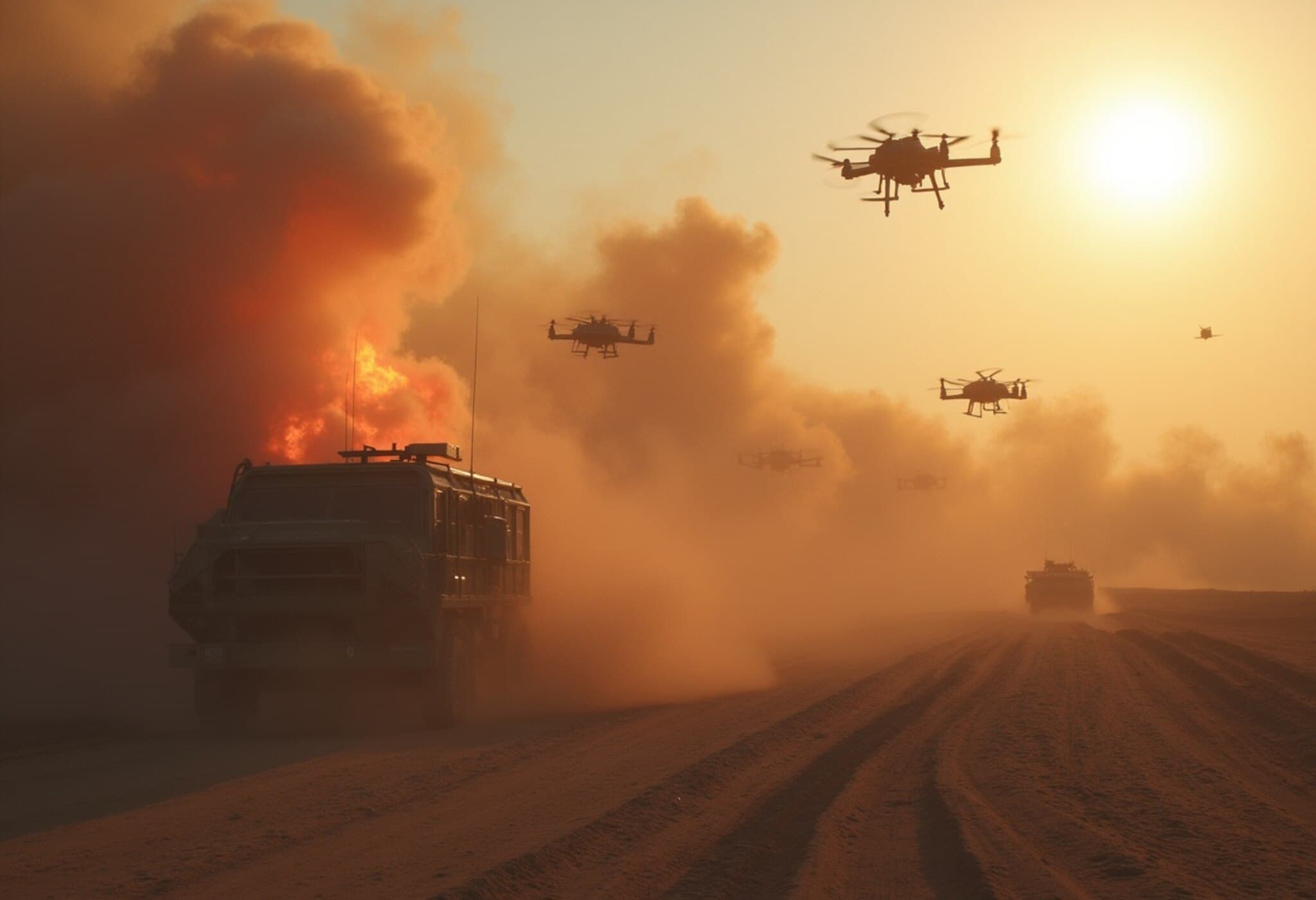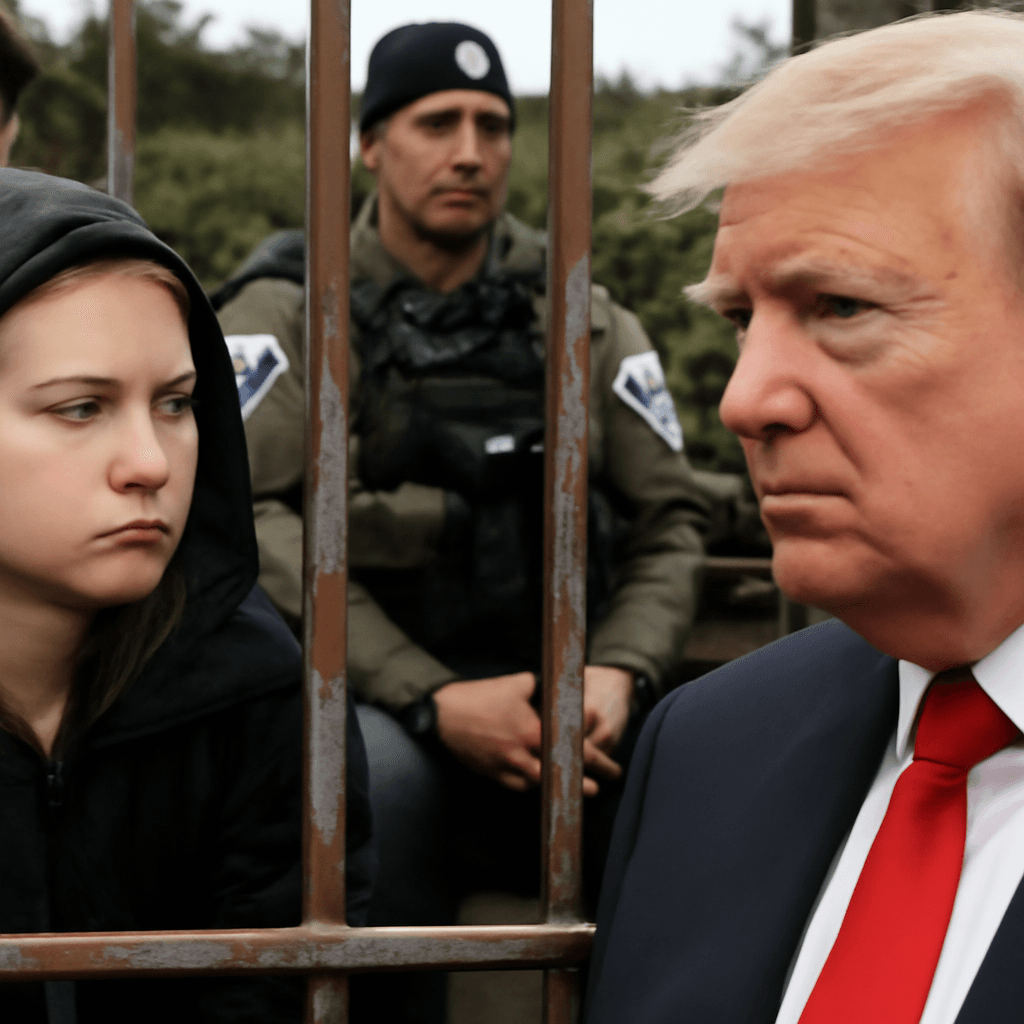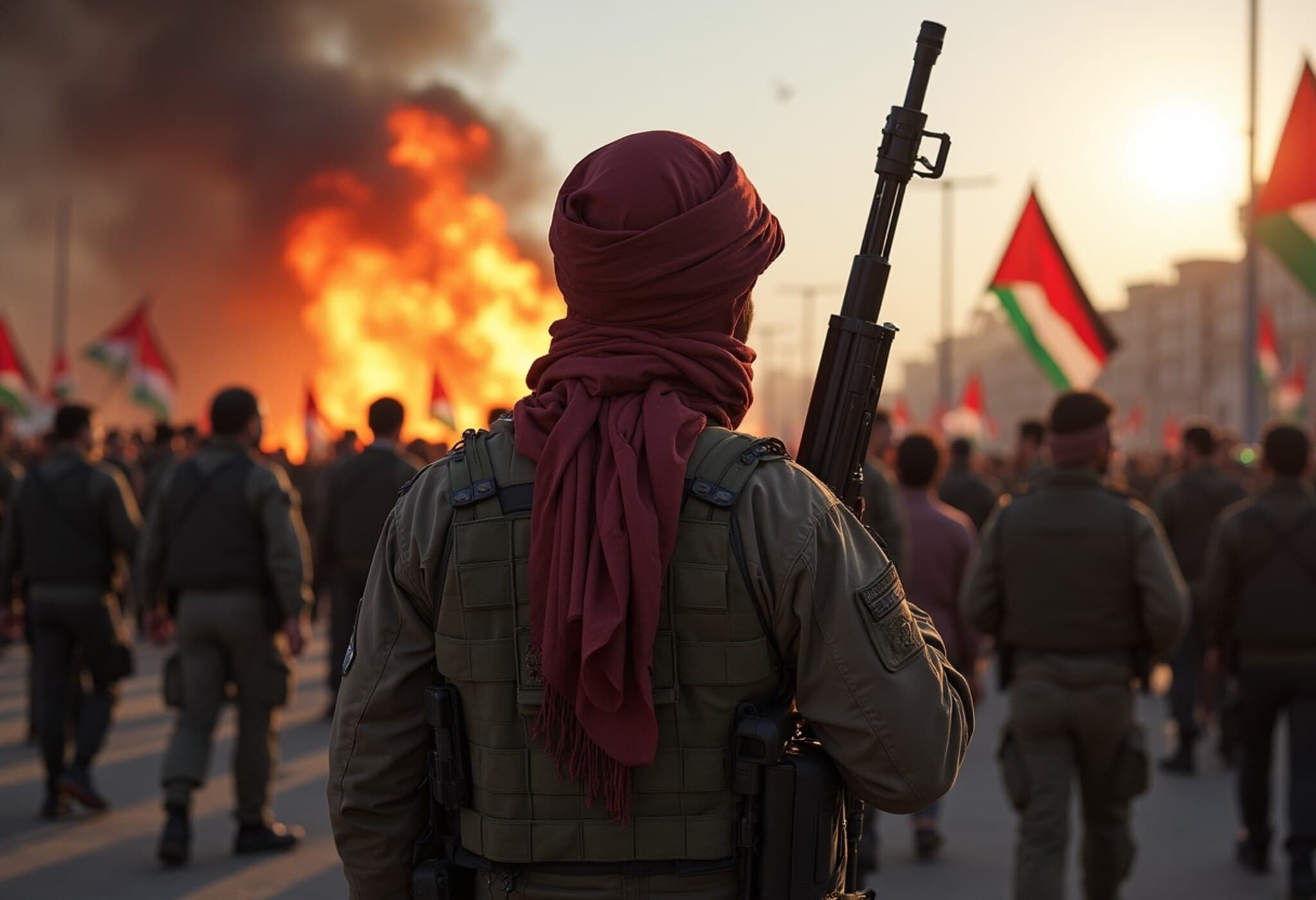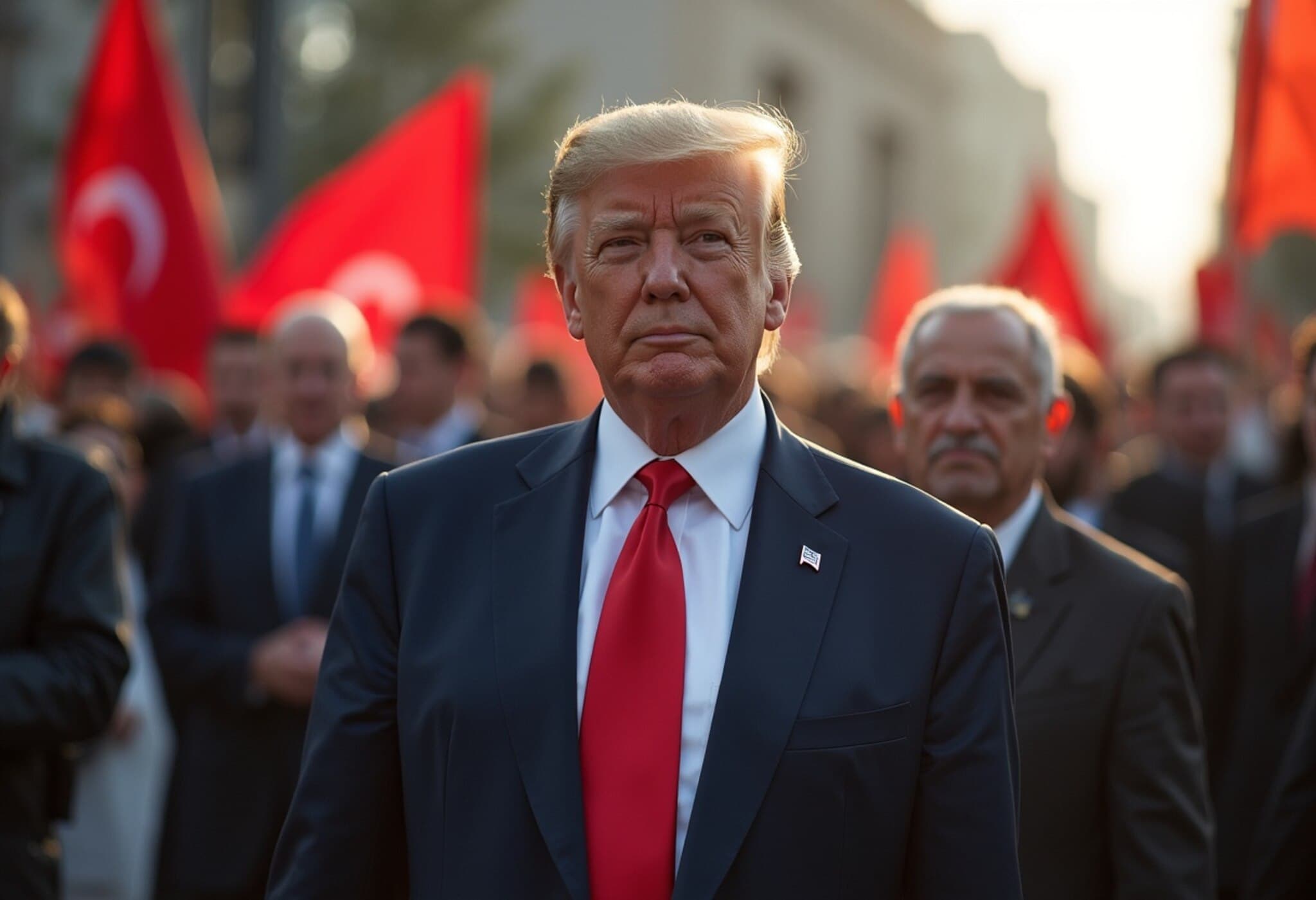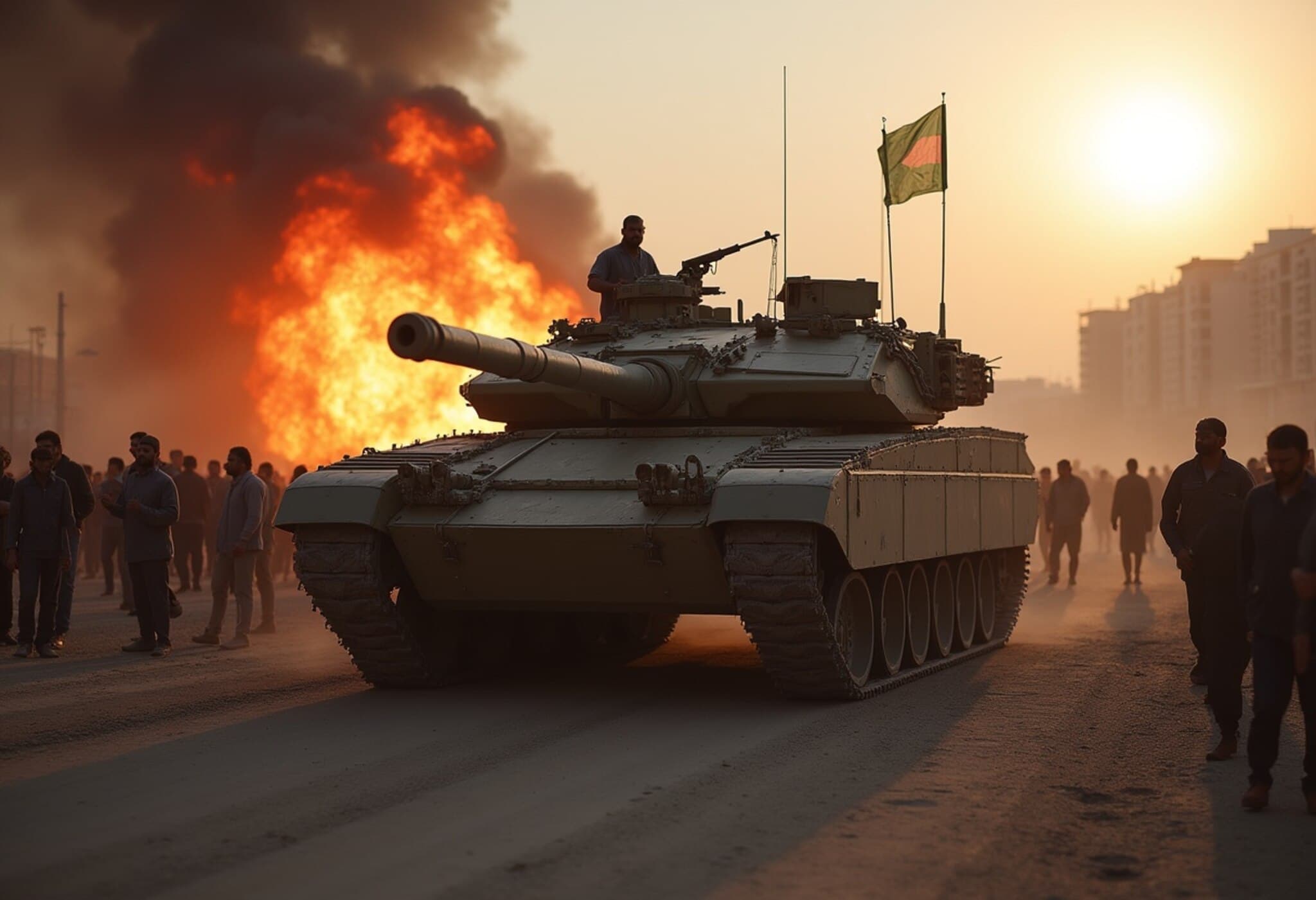Israel’s Proposal for a ‘Humanitarian City’ on Rafah’s Ruins Raises Alarm
In the latest chapter of the Gaza conflict, Israel’s Defence Minister Israel Katz has unveiled a contentious plan to establish a so-called “humanitarian city” on the devastated site of Rafah, in the southern Gaza Strip. This proposal envisions relocating tens of thousands of displaced Gazans into a secured enclave, surrounded by stringent security checkpoints, effectively confining the population.
The Vision: Humanitarian City or Forced Containment?
Under Katz’s scheme, approximately 600,000 Gazans, primarily those already displaced from their homes, would be moved from nearby areas like Al-Mawasi into this newly built zone. Access would be tightly controlled, with mandatory security screenings designed to filter out any individuals suspected of links to Hamas or carrying weapons. Residents would be permitted to leave only if they opt into what has been described as a “Trump-approved” emigration plan, potentially resulting in a mass exodus of Gazan civilians.
Critics have been swift and vehement in their condemnation. Michael Sfard, an Israeli human rights attorney known for his advocacy on Palestinian issues, labeled the plan unequivocally as a “crime against humanity.” He warned that this was not merely a strategy for security but essentially a blueprint for population transfer and ethnic cleansing.
Contextualizing the Proposal Amid an Ongoing Humanitarian Crisis
The Gaza Strip, home to roughly 2 million Palestinians, has been subject to repeated cycles of conflict, destruction, and displacement. The recent military operations have flattened much of Rafah, turning it into a desolate landscape where aid distribution and civilian movement have become deadly and precarious endeavors.
Eyewitnesses describe harrowing scenes: civilians forced to trek long distances through ruins and rubble, waiting in line at fenced-off distribution points guarded heavily by Israeli Defense Forces (IDF), with tragic incidents of shootings occurring amidst chaotic conditions. Palestinians accuse the IDF of disproportionate use of force, while Israeli officials point fingers at Hamas for inciting unrest.
Trump’s ‘Gaza Riviera’: Dream or Delusion?
This plan bears notable resemblance to the controversial vision championed by former US President Donald Trump: turning Gaza into a luxurious “Riviera,” akin to Las Vegas or Dubai, designed ostensibly to foster economic redevelopment and provide a new start for Gazans.
Though Trump’s concept faded into relative obscurity after his tenure, recent signals — including Israeli officials reaffirming interest during talks in Washington — suggest the idea may be resurfacing. Prime Minister Benjamin Netanyahu has hailed Trump’s vision as “brilliant,” emphasizing the notion that relocation would be voluntary. However, human rights groups contest this framing, pointing out that the untenable living conditions in Gaza leave little genuine choice for residents facing displacement.
The Legal and Ethical Debate: Population Transfer or Necessary Security?
The Israeli government defends the plan as a security necessity in its fight against Hamas, arguing it aims to separate militants from civilians and facilitate humanitarian aid delivery. However, many international legal experts view any forced transfer of civilian populations as a violation of international law, potentially escalating accusations of ethnic cleansing.
Katz’s plan, while couched in humanitarian terms, might effectively transform Gaza’s southern tip into a large-scale detention zone, with inhabitants trapped within its bounds unless they choose—or are compelled—to emigrate. The operational challenges alone are staggering; Israeli military leadership reportedly warns that securing such a confined city would require substantial troop deployments, increasing the risk of intensified violence and further civilian casualties.
Implications for Ceasefire Negotiations and Regional Stability
The proposal enters a delicate phase of ongoing negotiations between Israel and Hamas over a ceasefire and the release of hostages. Hamas shows strong resistance, understanding that acceptance could undermine its position as the protector and representative of the Palestinian cause.
Moreover, the plan may impact broader Middle Eastern geopolitics. Arab nations in the Gulf, key stakeholders in regional stability, have historically opposed mass displacement initiatives. The viability of third countries accepting relocated Gazans remains uncertain, underscoring fears that the plan’s promise of “voluntary relocation” masks coercive realities.
Expert Commentary: Balancing Security and Human Rights
From a policy perspective, this situation epitomizes the complex intersection of security imperatives and humanitarian obligations. Israel faces the challenge of neutralizing militant threats in a territory densely populated by civilians. Yet, international law mandates the protection of civilian populations, prohibiting forced population transfers and collective punishment.
Experts highlight that such a plan risks deepening resentment, potentially fueling further cycles of violence rather than resolving them. The humanitarian city, if poorly managed, could become a symbol of dispossession and exile rather than hope.
What Remains Unanswered?
- Which international organizations would oversee and legitimize the proposed humanitarian city?
- What protections would be afforded to displaced Gazans to ensure their rights and dignity?
- How would neighboring countries react to, or participate in, any relocation or resettlement efforts?
- What measures would prevent potential abuses or further violence within the constrained humanitarian zone?
Conclusion: A Crossroads for Gaza’s Future
Israel’s plan to build a humanitarian city in Rafah casts a long shadow over Gaza’s already fragile reality. While aiming to address security threats and humanitarian needs, it carries profound risks of infringing on fundamental human rights and international norms. The unfolding situation calls for heightened diplomatic engagement, transparent dialogue with all stakeholders, and a steadfast commitment to protecting civilian lives.
The proposed ‘humanitarian city’ concept is more than a logistic plan—it’s a litmus test for how the international community balances the dire need for security with the inviolable rights of civilians. As battles rage and political brinkmanship continues, the core question remains: Can a lasting peace in Gaza be achieved without sacrificing the humanity of its people? Readers are encouraged to reflect on the long-term implications of population transfer policies and the essential role of international law in conflict zones.

